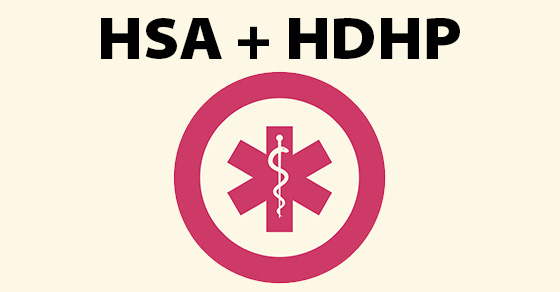Does your business reimburse employees’ work-related travel expenses? If you do, you know that it can help you attract and retain employees. If you don’t, you might want to start, because changes under the Tax Cuts and Jobs Act (TCJA) make such reimbursements even more attractive to employees. Travel reimbursements also come with tax benefits, but only if you follow a method that passes muster with the IRS.
The TCJA’s impact
Before the TCJA, unreimbursed work-related travel expenses generally were deductible on an employee’s individual tax return (subject to a 50% limit for meals and entertainment) as a miscellaneous itemized deduction. However, many employees weren’t able to benefit from the deduction because they either didn’t itemize deductions or didn’t have enough miscellaneous itemized expenses to exceed the 2% of adjusted gross income (AGI) floor that applied.
For 2018 through 2025, the TCJA suspends miscellaneous itemized deductions subject to the 2% of AGI floor. That means even employees who itemize deductions and have enough expenses to exceed the floor won’t be able to enjoy a tax deduction for business travel. Therefore, business travel expense reimbursements are now more important to employees.
The potential tax benefits
Your business can deduct qualifying reimbursements, and they’re excluded from the employee’s taxable income. The deduction is subject to a 50% limit for meals. But under the TCJA, entertainment expenses are no longer deductible.
To be deductible and excludable, travel expenses must be legitimate business expenses and the reimbursements must comply with IRS rules. You can use either an accountable plan or the per diem method to ensure compliance.
Reimbursing actual expenses
An accountable plan is a formal arrangement to advance, reimburse or provide allowances for business expenses. To qualify as “accountable,” your plan must meet the following criteria:
- Payments must be for “ordinary and necessary” business expenses.
- Employees must substantiate these expenses — including amounts, times and places — at least monthly.
- Employees must return any advances or allowances they can’t substantiate within a reasonable time, typically 120 days.
The IRS will treat plans that fail to meet these conditions as nonaccountable, transforming all reimbursements into wages taxable to the employee, subject to income taxes (employee) and employment taxes (employer and employee).
Keeping it simple
With the per diem method, instead of tracking actual expenses, you use IRS tables to determine reimbursements for lodging, meals and incidental expenses, or just for meals and incidental expenses, based on location. (If you don’t go with the per diem method for lodging, you’ll need receipts to substantiate those expenses.)
Be sure you don’t pay employees more than the appropriate per diem amount. The IRS imposes heavy penalties on businesses that routinely overpay per diems.
What’s right for your business?
To learn more about business travel expense deductions and reimbursements post-TCJA, contact us. We can help you determine whether you should reimburse such expenses and which reimbursement option is better for you.







